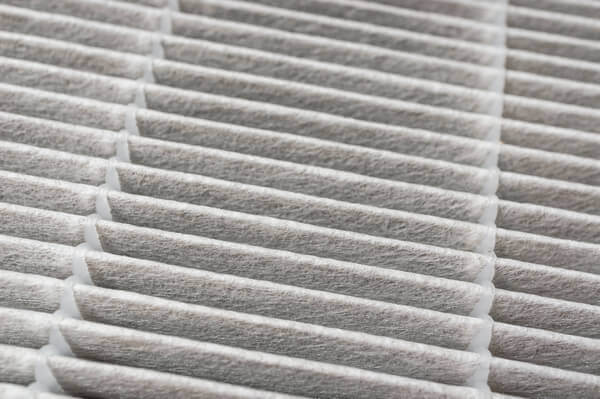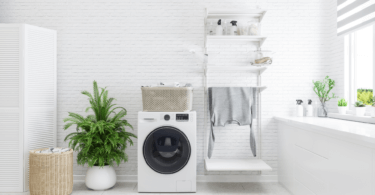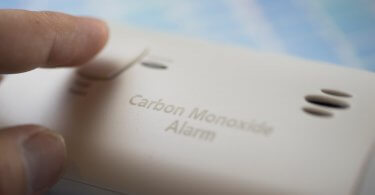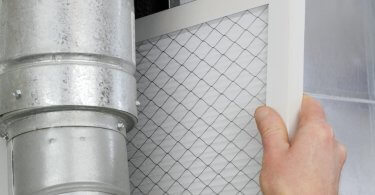
Many people in the United States are exposed to indoor airborne allergens. Luckily, the air filters in our HVAC systems protect us from them. This is why it’s worth investing some time into choosing the right type of filter for your home.
Should you use the washable or the disposable HVAC filter? In this post, we’ll help you answer this question for yourself. We’ll discuss how these filters differ from each other and compare both types to help you decide which is the best choice.
Keep reading!
What is the Difference Between the Washable Furnace Filter and the Disposable Filter?
Even though they serve the same purpose, washable and disposable air filters have some major differences. For one, most washable and reusable filters consist of a metal mesh that is electrostatically charged. As air passes through, this charged mesh draws particles towards itself and makes them stick to it.
Sounds pretty smart, right? Moreover, you can wash them and reuse them for up to three to five years.
Meanwhile, disposable air filters have several layers of soft mesh (cotton, polyester, fiberglass, etc.). They trap dust and other particles as air passes through them, filtering out all the gunk.
But this also means that you can’t reuse these filters, as washing them would destroy the fibers and make them useless. Hence, you’ll be replacing these filters every month (or after two to three months at most).
However, there are many other points of comparison to consider before deciding which filter is better for you.
Comparing Washable and Disposable HVAC Filters
Below, we compare different aspects of washable and disposable filters that will decide whether they’re good for you.
Minimum Efficiency Reporting Values (MERV Rating)
Which is the most efficient: the washable or the disposable HVAC filter? The MERV rating of a filter determines how efficiently and effectively it filters out indoor pollutants. This scale was developed by ASHRAE to set standards for air filter quality.
Ideally, you want MERV ratings between 8 to 13. Filters between this range can capture tiny particles, such as dust mites, bacteria, mold spores, smoke, and other harmful stuff.
Keeping those numbers in mind, washable electrostatic filters can’t do their job too well. They usually have a MERV rating between 1 to 4, which means they can’t trap smaller particles like allergens, pet dander, etc. In contrast, disposable filters usually come in MERV ratings above 8, so they’re much better at maintaining your house’s air quality.
Cost
The next factor that usually determines one’s decision is cost. Disposable filters usually cost around $15 to $30, while washable filters are much more expensive, costing between $80 – $100.
Naturally, you’d choose the cheaper option, which is disposable filters. However, they will cost you a lot more in the long run, since you have to replace them very often. Keep in mind that disposable filters deplete very quickly, so you’ll probably have to get a new one before the guaranteed three months.
Washable filters may have a higher initial cost, but they’ll last you for many years (which is also why they’re known as ‘permanent’ filters). So even if you decide to replace them every year, it’ll be cheaper than buying new disposable filters every month or so.
Read also: 7 Best Air Purifiers with Permanent Filters Reviewed in Detail
Performance
If your air filter doesn’t do what it’s supposed to, then it won’t matter how much it costs. Hence, you must consider if its MERV rating and performance are good enough for you.
For instance, a washable filter would be a bad idea for homes with sensitive and allergy-prone individuals. It won’t trap the tiny air particles that can trigger allergies and asthma attacks. Hence, investing in disposable filters will prove to be cost-effective.
If you’re not particularly sensitive to dust and other triggers, washable air filters will work fine for you, as they can trap just enough air particles to keep the air fresh and safe.
Maintenance
All filters in your heating and cooling system eventually need to be replaced, but they have different maintenance requirements. Naturally, you’d want something that’s low maintenance, so disposable filters win this round.
All you’d have to do is go to your furnace room every 1-3 months, pull out the disposable filter, and slip in a new one. Oh and, remember to order new filters in bulk so you don’t run out. That’s pretty much it.
With washable filters, you’ll have to spend some time cleaning them every month and ensuring they’re in working condition. This may be time-consuming, but considering the low cost, it could be worth it.
Eco-friendliness
If you’re all about saving the environment, then you might want to stay away from disposable filters. They contain fiberglass, which is not recyclable, and polyester, which is not biodegradable. Plus, you have to replace them very often, and that means increasing your waste footprint.
In contrast, washable filters are very eco-friendly, especially since it’ll be a long while before you have to replace them.
Final Verdict
So, is the washable or the disposable HVAC filter better? Honestly, it comes down to your priorities. If cost is a concern, washable furnace air filters are surely the way to go. But if you’re wary of bad air quality, consider investing in disposable filters, especially if you’re prone to allergies.
Related article: What Is A Furnace Filter?




